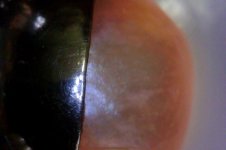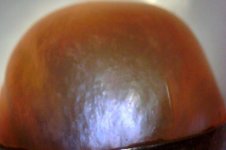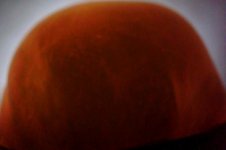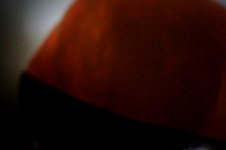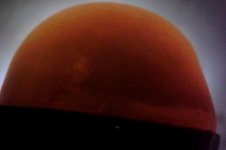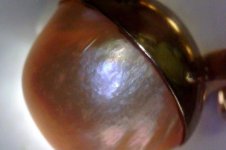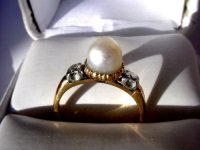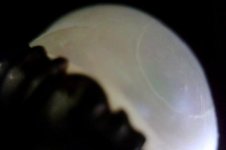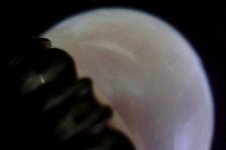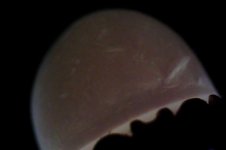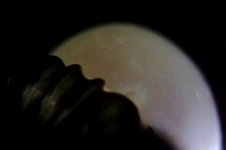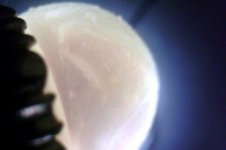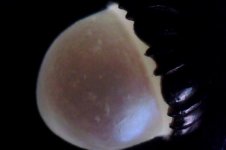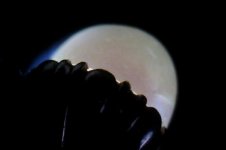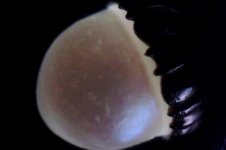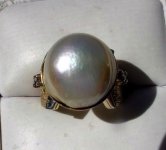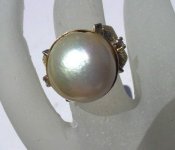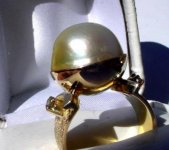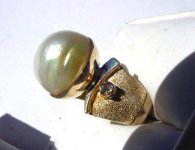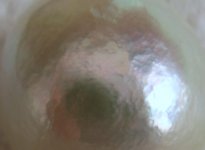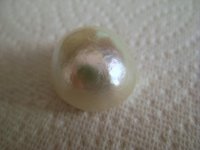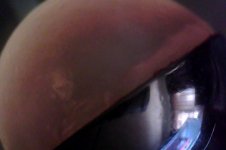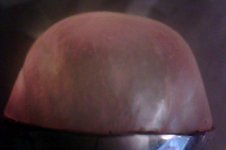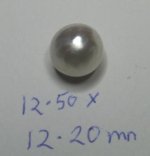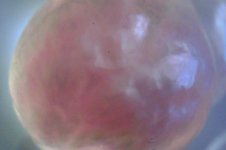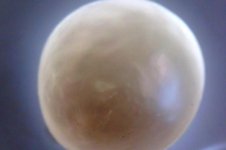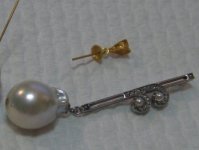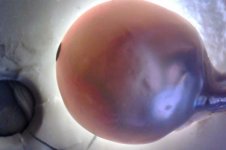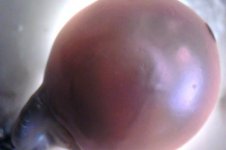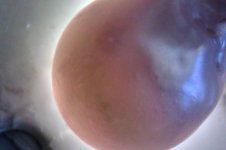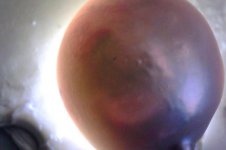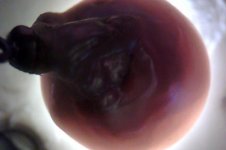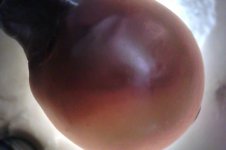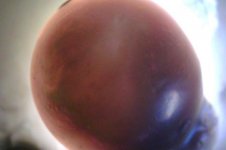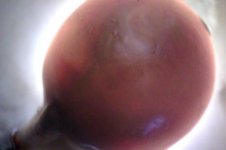My opinion is only as good as the information I have at hand. If I'm presented with incomplete data then chances are the results will be skewed. Of course I can look again in a new light, but I can't do that because the pearl isn't in my lab. I can never say it too many times that this task can only done accurately with high resolution images that are representative to their appearance and accompanied with complete statistical disclosure.
Hi Dave,
It was stupid of me not to put in all I did know about the pearl but I wasn't intentionally withholding data. I had been working long and hard without a break and when I got a chance to do some candling I guess I got a little carried away. Plus as your temps were around freezing the temps here got to at least 47 deg C and my brain was not exactly functioning in a top mode.
I think it will take many more candled photos before most of us can read them properly. It would be a good idea if as when someone asks for opinion about an unknown pearl it is stated that size, belief of what the pearl is and a good photo of pearl before candling would be a good idea which would avoid much confusion. This I did not do and I apologise.
Hammer marks of course do not say a pearl is natural it is just an indicator that it might be.. I do realise this.
As for the 14mm Creamy White SS pearl I am actually none the wiser. I realise you cannot say with certainty that any pearl not in your lab is natural or not but you can advise if it might be worth having it X-rayed because of features. I would really appreciate it you could advise on what you see in regards to the pearl knowing it is a SS pearl of unknown origins.
I have been candling most of the day, naturals, hopefuls and known cultured SS pearls to try to get a feel for them but results are still mixed and confusing. But only one I am sure is a natural SS pearl looks like this large pearl. I still feel there is a chance it is natural and would appreciated your opinion. I do feel that the photos I took of this pearl were of a very good at the least. I have tried taking more of it but results are virtually the same.
I have taken more photos of the same pearl but feel they do not show more than the first and second lots but will add a couple.
These are still coloured but not so much as the others. It seems that ambient light and sunshine from the windows effects what the microscope picks up.
Dawn - Bodecia
http://www.ebay.com/sch/dawncee333/m.html
eBay Seller ID dawncee333 Natural pearl collector & seller. And all round pearl lover.
Dawn?s Pearls -
https://www.pearl-guide.com/forum/showthread.php?t=8351
